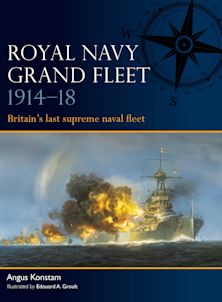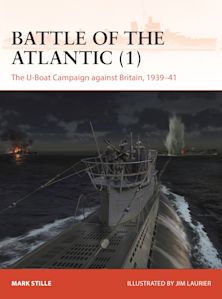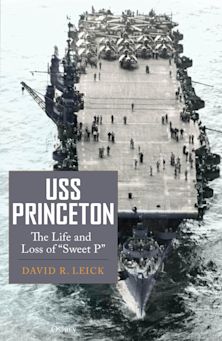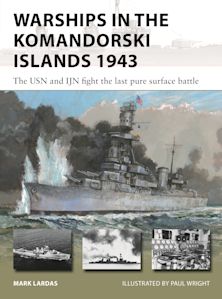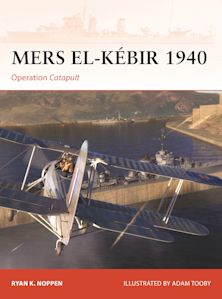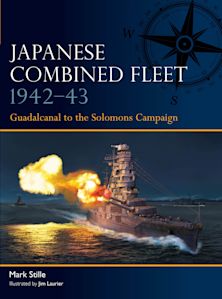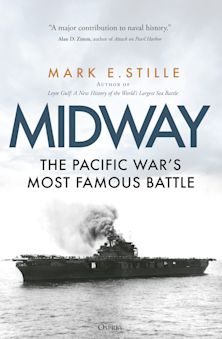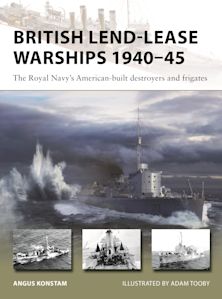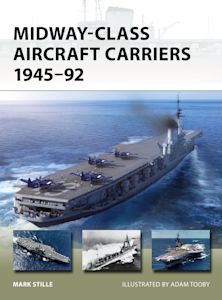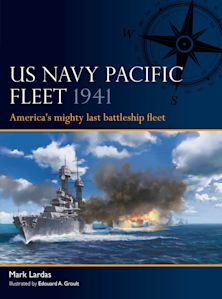British Heavy Cruisers 1939–45
Description
The idea of a heavy cruiser emerged in the aftermath of World War I, and was closely linked to the limits set by the inter-war Washington Naval Treaty.
The pre-World War I concept of armoured cruisers had been abandoned, but in their stead the Admiralty saw a place for powerful cruisers, able to patrol the sea lanes of the British Empire, and which were well-armed enough that they could destroy enemy commerce cruisers. The result was a group of British warships, known as the 'Washington Treaty Cruisers', that did everything the Admiralty wanted, but which conformed to the limits imposed by the treaty.
This book explores these impressive, high-sided, spacious and stately vessels – perfect peacetime ambassadors for British power. In war they also packed a considerable punch. During World War II the Royal Navy's thirteen heavy cruisers saw service in every theatre of the war, whether facing the Bismarck in the North Atlantic or enduring kamikaze attacks in the Pacific.
Table of Contents
Design & Development
Operational History
Operation
Gunnery
Cruisers in Action
Bibliography
Product details
| Published | May 20 2012 |
|---|---|
| Format | Ebook (PDF) |
| Edition | 1st |
| Extent | 48 |
| ISBN | 9781849086851 |
| Imprint | Osprey Publishing |
| Illustrations | 40 b/w; 7 col |
| Series | New Vanguard |
| Short code | NVG 190 |
| Publisher | Bloomsbury Publishing |
Reviews

Resources
Discover More
Visit our exclusive member's website to see artwork, maps, and more from this book.

Resources
Book Vote
Tell us what titles you would like to see published by Osprey, then vote for your favourites in our monthly book vote!
















